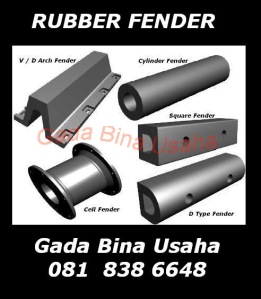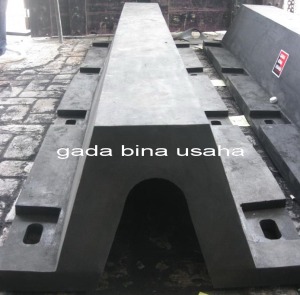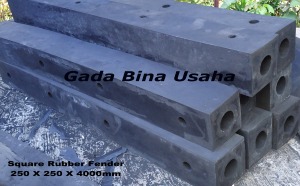A Marine Fender is a bumper used to absorb the kinetic energy of a boat or vessel berthing against a jetty, quay wall or other vessel.Fenders are used to prevent damage to boats, vessels and berthing structures. Fenders are typically manufacturered out of rubber, foam elastomer or plastic. Rubber fenders are either extruded or made in a mould. The type of fender that is most suitable for an application depends on many variables, including dimensions and displacement of the vessel, maximum allowable stand-off, berthing structure, tidal variations and other berth-specific conditions. The size of the fender unit is based on the berthing energy of the vessel which is related to the square of the berthing velocity.

Marine Fender type such as
V type Marine Fenders – use in jetty,quay wall,harbour
D type Marine Fenders – use in small jetty,vessel,pontoon,boat
Square Marine Fenders – use in pontoon,port,jetty
Cell type Rubber Fenders with frontal – use in large port,harbour
Cylinder (Cylindrical) type fender – use in larg boat,jetty








